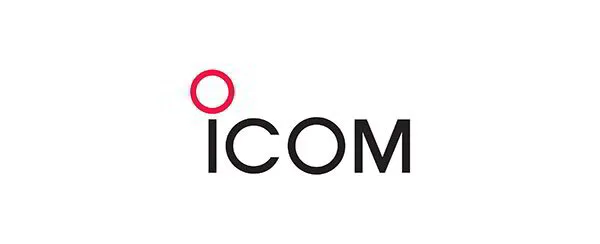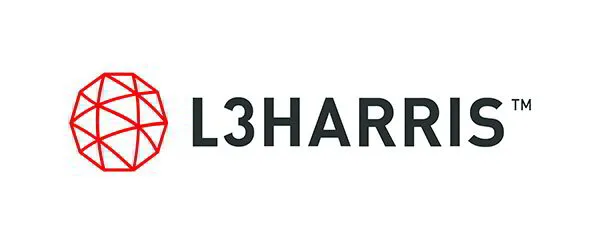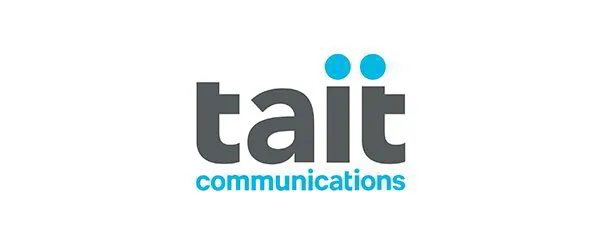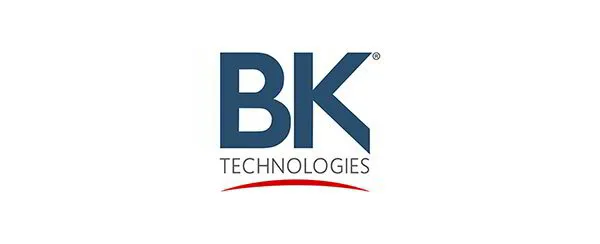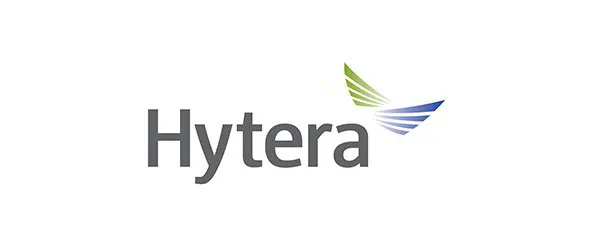
One of the Most Complete Communication Networks in the Northwest
White Cloud Communications Inc., an Idaho-based company with nearly 50 years of expertise, is headquartered in Twin Falls and operates satellite offices in Garden City, Burley, and Idaho Falls. We specialize in advanced two-way radio services, designing, developing, and delivering innovative solutions that boost productivity, enhance safety, and connect people in the toughest environments. Our mission is to provide seamless, reliable, and instant communication for businesses and communities across southern Idaho. With a focus on innovation, quality, and a customer-first mindset, we aim to be the trusted leader in wireless communication solutions.
Industries
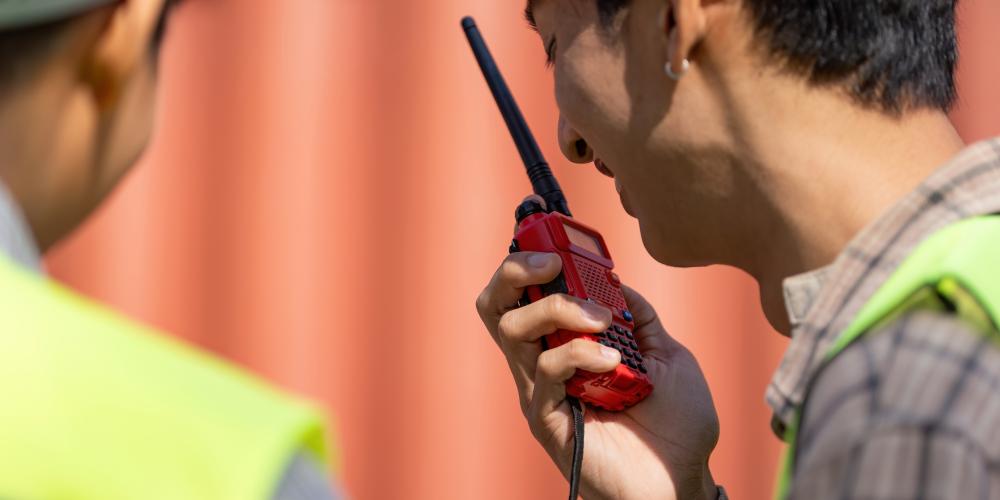
The Importance of Fire Code Radio Signal Testing
Fire Code Radio Signal Testing is essential for ensuring seamless communication during emergencies. At White Cloud Communications Inc., we understand the critical nature of effective communication in emergency situations and the need to meet stringent fire code requirements. With nearly five decades of experience in wireless communication, our commitment to safety and reliability is unmatched.
Our team frequently encounters scenarios where inadequate radio signal strength hampers emergency response efforts. This testing process isn’t just a regulatory requirement; it’s about saving lives. By guaranteeing that emergency responder communications are clear and uninterrupted, we help maintain the safety and effectiveness of Southern Idaho’s first responders.
How is Fire Code Radio Signal Testing Conducted?
Conducting Fire Code Radio Signal Testing involves multiple steps to ensure compliance with industry standards, particularly the NFPA 1225. The process is meticulous, often beginning with a comprehensive site survey. Here’s a concise breakdown:
- Site Assessment: Evaluate the building layout and potential signal interference.
- Grid Mapping: Establish a grid system to measure signal strength across different areas.
- DAQ Evaluation: Use tools to measure Delivered Audio Quality (DAQ) at various points.
- Data Analysis: Review and analyze collected data to determine compliance.
- Reporting: Provide detailed reports stating signal adequacy and recommendations if improvements are needed.
Each of these steps ensures that buildings meet the necessary requirements for emergency communication systems, maintaining both safety and compliance.
What Are Common Challenges in Fire Code Radio Signal Testing?
Fire Code Radio Signal Testing can often present challenges such as structural interference and varied signal strength across different areas of a building. As professionals with extensive experience, we have encountered issues like:
- Thick walls reducing signal quality.
- Complex building layouts causing signal dead zones.
- External interference from surrounding infrastructure.
Addressing these challenges requires both technical expertise and creative problem-solving. Our team at White Cloud Communications Inc. specializes in designing and implementing solutions that overcome these obstacles, ensuring effective signal coverage throughout the facility.
Customized Solutions for Fire Code Radio Signal Testing
At White Cloud Communications Inc., we pride ourselves on delivering customized solutions tailored to the unique needs of each building and industry. Whether it’s the mining sector’s rugged requirements or the precise needs of healthcare, our expertise covers a broad spectrum. Our partnerships with top industry brands also ensure that you have access to the latest technology and equipment, enhancing both communication and safety standards.
Relying on our in-depth knowledge and innovative approach, we deploy systems that not only meet fire code requirements but also optimize communications for everyday operations. With our proactive approach, we help clients identify potential issues before they become critical concerns.
What Does the Future Hold for Fire Code Radio Signal Testing?
Anticipating future advancements, Fire Code Radio Signal Testing is set to integrate more sophisticated technology aimed at improving reliability and efficiency. As technology evolves, so does our approach at White Cloud Communications Inc. We stay ahead by continually adopting cutting-edge solutions such as enhanced digital communication systems and advanced signal boosters.
The future is bright for emergency communication, with innovations promising even greater accuracy and dependability. As technology advances, our commitment at White Cloud Communications Inc. is to maintain the highest standards of safety and performance for our clients in Southern Idaho.
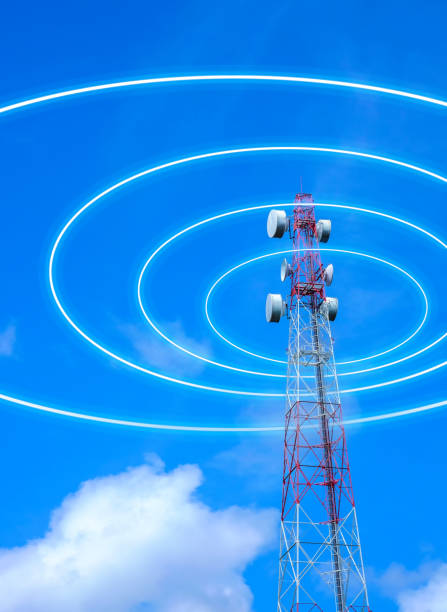
The Importance of Public Safety Radio
In the fast-paced world of emergency services, Public Safety Radio is crucial for communication. It provides a lifeline for first responders, ensuring real-time connectivity and coordination during critical incidents. From fire departments to law enforcement, efficient communication can mean the difference between life and death. With nearly 50 years in the industry, I’ve witnessed the evolution of these systems firsthand through White Cloud Communications Inc.
Public Safety Radio is not just about clear audio; it’s about reliable, uninterrupted signals and cross-agency interoperability. In southern Idaho, we’ve tailored our solutions to meet these demands across diverse sectors such as National Security and Healthcare. Our cutting-edge systems help maintain order and ensure the safety of our communities.
How to Choose the Right Public Safety Radio
- Assess Your Needs: Understand the specific requirements of your agency. Consider factors like range, durability, and functionality.
- Explore Options: Research different models and brands. At White Cloud Communications, we provide a range of solutions from top manufacturers, ensuring you have the latest technology.
- Test for Compatibility: Ensure the system works seamlessly with existing infrastructure. Interoperability is key to effective communication.
Our expertise at White Cloud Communications allows us to guide clients in choosing Public Safety Radios that are tailored to their needs, offering not just products but comprehensive solutions that ensure safety and efficiency.
What Are the Benefits of Public Safety Radio Systems?
Public Safety Radio systems offer numerous advantages. They provide instant communication, essential during emergencies. Real-time updates on the field allow for better decision-making and resource allocation.
- Enhanced Coordination: Radios facilitate synchronized operations among multiple teams.
- Increased Safety: Reliable communication ensures the well-being of first responders.
- Cost-Effectiveness: Investing in the right systems reduces long-term expenses by minimizing errors and delays.
Having developed solutions for various industries, we see firsthand how Public Safety Radio systems enhance operational efficiency and save lives.
Public Safety Radio in Emergencies
How does Public Safety Radio play a role during emergencies? It ensures seamless communication among emergency personnel. Radios cut through chaos, providing a clear line of interaction that is vital during crises.
Our team at White Cloud Communications has equipped numerous agencies with systems that proved indispensable during emergencies. From wildfires to search-and-rescue missions, Public Safety Radio remains an indispensable tool.
Innovations in Public Safety Radio
Public Safety Radio technology has evolved over the years. Recent innovations focus on enhancing audio clarity, expanding coverage, and integrating with digital systems. At White Cloud Communications, we’ve embraced these innovations to deliver solutions that meet the highest standards of performance and reliability.
From digital trunking to hybrid systems, the landscape of Public Safety Radio is changing, and we are at the forefront, providing our clients with cutting-edge communication tools that adapt to their needs in Idaho and beyond.
Understanding the Importance of Radio Coverage for First Responders
In the fast-paced world of emergency response, seamless communication is critical. At White Cloud Communications Inc., with over 20 years of experience, we’ve seen firsthand how effective First Responder Radio Coverage Analysis can make the difference between life and death. In environments where every second counts, ensuring that emergency teams have reliable radio coverage can dramatically improve response times and coordination efforts.
Our advanced two-way radio solutions are specifically designed to address the unique challenges faced by various sectors, including Fire & EMS, Law Enforcement, and Hospital Emergency Services. By offering our clients state-of-the-art communication technologies, we help to ensure that first responders can communicate effectively, regardless of their location.
Key Components of First Responder Radio Coverage Analysis
Conducting a thorough First Responder Radio Coverage Analysis involves several integral steps. First, it requires a detailed examination of the building’s architecture to identify potential signal obstructions. Second, we deploy field tests to measure signal strength and discover weak spots. Third, our team provides tailored recommendations for enhancing coverage, which may include installing additional antennas or boosters to fortify communication networks.
The process also entails reviewing and abiding by regulatory standards such as IFC 510 and NFPA 72 to ensure compliance with local and national safety guidelines. Our experts are certified in the latest industry standards to deliver a reliable and accurate assessment that our clients can trust.
What Qualifies as a First Responder Radio Coverage Analysis Emergency?
A First Responder Radio Coverage Analysis emergency is any scenario where communication signals in critical zones such as fire command centers, stairwells, or underground facilities fail to meet the required strength of -95 dBm. Immediate action is paramount to restore these communications.
According to White Cloud Communications Inc.’s extensive experience with emergency communication systems, non-compliance can result in severe delays and miscommunication that could potentially endanger lives. Therefore, it is vital to ensure systems are regularly tested and maintained.
A Step-by-Step Approach to Enhancing Radio Coverage
Here’s how White Cloud Communications Inc. enhances first responder radio coverage:
- Initial Assessment: Evaluate the area’s architecture and layout.
- Signal Testing: Conduct thorough tests to identify dead zones.
- Solution Design: Develop a customized enhancement plan.
- Installation: Deploy additional equipment where necessary.
- Compliance Check: Ensure all solutions meet regulatory standards.
- Ongoing Maintenance: Regularly update and inspect systems.
Real-World Applications and Anecdotes
In Twin Falls, Idaho, one of our recent projects involved enhancing radio coverage for a new hospital wing. The facility’s basement had previously been a notorious dead zone, posing risks during emergencies. By employing our First Responder Radio Coverage Analysis, we identified the weak spots and implemented strategic amplifiers throughout the area. Post-implementation, hospital staff reported a significant improvement in communication efficiency, thus enhancing overall emergency preparedness.
In another case, a fire department in Burley faced poor communication in high-rise response scenarios. Our team designed and installed a comprehensive in-building solution that boosted signal strength and reliability, enabling their teams to operate effectively under pressure.
Ensuring Effectiveness of Radio Coverage Solutions
At White Cloud Communications Inc., we prioritize the effectiveness of our communication solutions by continually updating our technology and training our team in the latest communication advancements. Our ongoing support ensures systems remain operational during emergencies, and annual reviews help us stay ahead of any potential communication challenges.
- Regular system checks
- Training sessions for first responder teams
- Upgrades to include the latest technologies
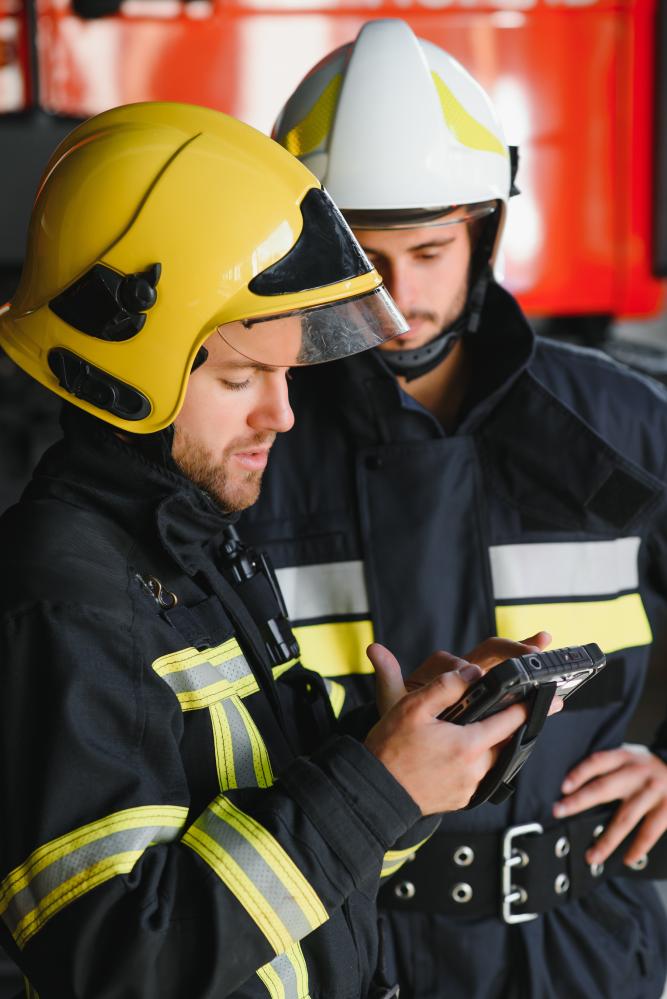
Why is Fire Code Radio Signal Testing Essential for Emergency Situations?
Fire Code Radio Signal Testing is crucial because it ensures that communication lines remain open during emergencies, which can significantly affect the outcome of crisis situations. At White Cloud Communications, we’ve seen numerous instances where poor signal strength hampered first responders’ ability to coordinate effectively. For example, a fire department in Idaho faced delays due to signal interference, which could have been prevented with regular testing. By conducting thorough assessments as outlined by NFPA 1225, we ensure that communication systems are compliant and ready to perform under pressure. Have you considered how reliable your emergency communication system is during a crisis?
What Are the Steps for Conducting Fire Code Radio Signal Testing?
The process involves several detailed steps to ensure compliance with standards like NFPA 1225. It starts with a site assessment to identify potential interference sources. Next, we perform grid mapping to measure signal strength throughout the area. Tools like DAQ evaluation are used to test audio quality at key points. This data is then analyzed to check for compliance, and detailed reports are generated. These reports often reveal areas for improvement, ensuring buildings maintain necessary standards for emergency communications. If you think your building might have communication pitfalls, when was the last time you assessed them with these steps?
What Are Some Common Challenges in Fire Code Radio Signal Testing?
One challenge is structural interference, where thick walls degrade signal quality. Complex layouts can create signal dead zones, notably in stairwells or basements. External factors like nearby buildings also affect signal strength. Addressing these requires both technical know-how and creative solutions. For instance, in a recent project, we tackled these issues in a high-rise with strategic placement of signal boosters. Knowing these challenges, is your building potentially concealing such signal issues?
How Does White Cloud Communications Provide Customized Solutions for Fire Code Radio Signal Testing?
Every building presents unique challenges, necessitating tailored solutions. At White Cloud Communications, we assess the specific needs of each industry, whether it’s the harsh environment of mining or the precise demands of healthcare. We partner with top brands to ensure access to the latest technologies. Our innovative approach means we don’t just meet regulatory requirements; we optimize communications for daily operations too. When considering communication upgrades, have you evaluated whether your current solution is truly tailored to your industry’s demands?
What Does the Future Hold for Fire Code Radio Signal Testing?
As technology advances, so does the potential for more robust communication systems. At White Cloud Communications, we’re seeing promising developments like enhanced digital systems and advanced boosters. These innovations promise greater accuracy and reliability, crucial for emergency scenarios. We’re committed to adopting these technologies, ensuring our clients benefit from cutting-edge solutions. As these advancements become more integrated, are you prepared to leverage them for improved emergency preparedness?
Why is Public Safety Radio Critical in Emergency Services?
Public Safety Radio is the backbone of effective communication in emergency scenarios. It ensures real-time connectivity, critical for coordinating quick responses. Our experience at White Cloud Communications has shown its indispensable role across sectors, from fire and EMS to law enforcement. For instance, during a natural disaster, these systems enable cross-agency coordination, which is essential for effective crisis management. So, how does your team handle communication in emergencies, and could it be enhanced with this technology?
How to Choose the Right Public Safety Radio for Your Agency?
Start by evaluating your agency’s specific needs, such as range or durability. Next, explore different models and brands, ensuring you pick the latest technology. Compatibility with existing systems is crucial, as effective communication relies on interoperability. At White Cloud Communications, we guide clients in selecting radios tailored to their unique requirements. Does your current system integrate seamlessly with other agencies, or is there room for improvement?
What Are the Benefits of Public Safety Radio Systems?
These systems offer instant communication, vital for making informed decisions during emergencies. They enhance coordination and increase safety for first responders. Additionally, investing in the right system is cost-effective, reducing errors and delays. Our clients in various industries have seen how these systems improve operational efficiency and save lives. Given these advantages, what impact do you think improved communication could have on your emergency response efforts?
How Does Public Safety Radio Function in Emergencies?
In emergencies, Public Safety Radio ensures seamless communication among responders. It cuts through chaos, providing vital interaction lines. At White Cloud Communications, we’ve seen its effectiveness during wildfires and search-and-rescue missions. The reliability of these systems cannot be overstated in ensuring swift, coordinated action. Do you have confidence in your communication systems’ ability to perform under such stress?
What Innovations Are Emerging in Public Safety Radio?
Recent innovations focus on improved audio clarity, greater coverage, and digital integration. At White Cloud Communications, we embrace these changes, offering clients solutions that meet high standards of performance and reliability. Technologies like digital trunking and hybrid systems are changing the landscape, making communication clearer and more efficient. As these innovations take root, how will you integrate them into your existing infrastructure to enhance performance?
Resources
- National Fire Protection Association (NFPA) – The NFPA is a globally recognized organization dedicated to fire prevention and safety standards.
- Federal Communications Commission (FCC) – The FCC regulates interstate and international communications by radio, television, wire, satellite, and cable.
- Department of Homeland Security (DHS) – The DHS works to safeguard the United States against terrorism, disasters, and other threats.
- National Institute of Standards and Technology (NIST) – NIST is a non-regulatory federal agency that promotes U.S. innovation and industrial competitiveness.
- American Red Cross – The American Red Cross provides emergency assistance, disaster relief, and education to communities in need.
We are certified dealers of the following brands:

